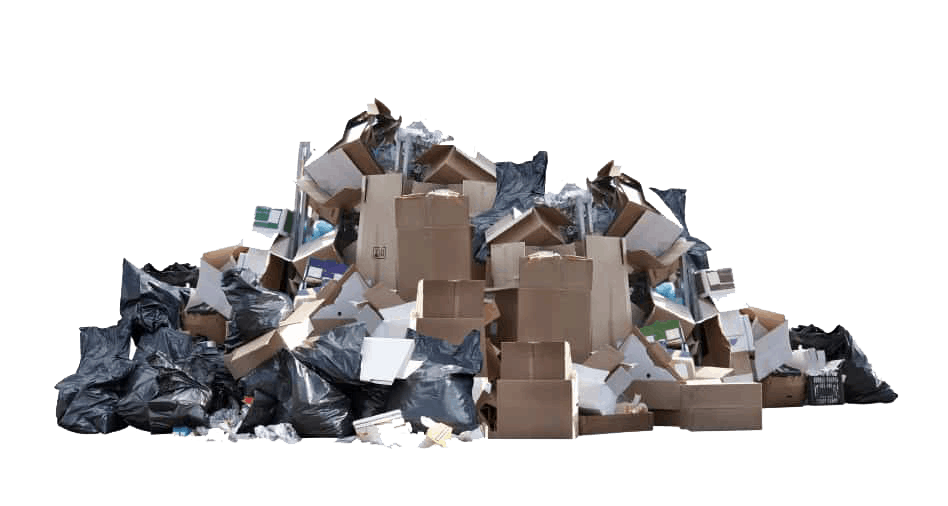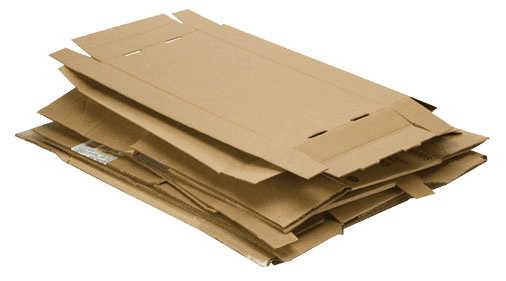Any business that produces a lot of cardboard waste needs to have a clear recycling policy in place for that waste. If you do not have a good recycling policy, a lot of that cardboard will end up in landfill, which is not good for the environment. Consumers are increasingly concerned with environmental issues, so this reflects very badly on your business. Hopefully, you already know this and you are making an effort to recycle your cardboard.
Unfortunately, a lot of people don’t realise that there are lots of different types of cardboard and they need to be recycled in different ways. There are also other factors, like contamination, which can interfere with the recycling process as well. If you want your commercial cardboard recycling system to be effective, you need a better understanding of the different types of cardboard and the recycling process itself, so you know exactly which types of cardboard you can and cannot recycle.
This is especially important if you are going to sell your cardboard waste to a recycling company because there are strict guidelines and if you put non-recyclable or contaminated cardboard in with the rest of your recyclable waste, they will not be willing to take it. You can avoid any mistakes if you read on and learn more about the different types of cardboard and which ones can be recycled.
Corrugated Cardboard
Corrugated cardboard is the most common type of cardboard, which is used for most standard boxes. The majority of corrugated cardboard is made up of three simple layers; the inner layer will be a wavy, fluted corrugated layer, with a smooth face of cardboard on either side. The inner layer gives it more structure and makes the cardboard stronger, which is why it is usually used for shipping products. Corrugated cardboard comes in a range of different thicknesses, but they are all treated in the same way by recycling companies.
Corrugated cardboard is recycled into a number of different products. In a lot of cases, the cardboard is shredded and mixed with water to create a pulp, and then dried into sheets that will be re-used as the middle layer of new corrugated boxes. However, recycled corrugated cardboard may also be used to make paperboard cardboard.


Paperboard
Paperboard, often known as carton or chipboard, is a type of single ply cardboard. You often see it used for things like cereal cartons or tubes. It does not have the strength that corrugated cardboard has, but it is a lot more flexible so it is beneficial for certain things. Paperboard is also very easy to recycle, and it will usually be re-used as more paperboard or as the middle layer in corrugated cardboard.
Cardboard Coverings
A lot of cardboard products have some kind of covering on them, and that can cause issues where recycling is concerned. If you have plastic coated cardboard or glossy cardboard, there is a high chance that the covering on the cardboard is not recyclable, even if the cardboard itself is. You need to be very careful here because if you are making your cardboard waste into bales, and you mix these coated cardboard products with it, you may contaminate the entire bale. It is important that you check the recycling information on the cardboard products so you can see whether the coating is recyclable or not. In most cases, these coverings cannot easily be removed from the cardboard, so these items will not be able to be recycled.


Contaminants
In some cases, cardboard products that are recyclable can be contaminated with things that mean that they can no longer be processed. Cardboard with grease from food is a prime example of this, and people often make mistakes here. They assume that the cardboard will be cleaned before the recycling process begins, but if grease is soaked through the cardboard, that is not always possible. If cardboard products have a lot of food residue on them, you will need to cut away the clean portions and recycle those, but the rest will not be able to be recycled.
If cardboard is wet, that can be a big problem as well. Wet cardboard has weakened fibres, so it is not as valuable for recycling. Companies that pay you for your waste cardboard will pay by weight, and if it is wet, they are paying for extra weight due to the water, and they will not want to do that. It is important that any cardboard that you put in the recycling is completely clean and dry.
It is important that you follow the correct rules when separating cardboard and organising it before it is recycled. If you do not, the recycling process will not be as effective.
